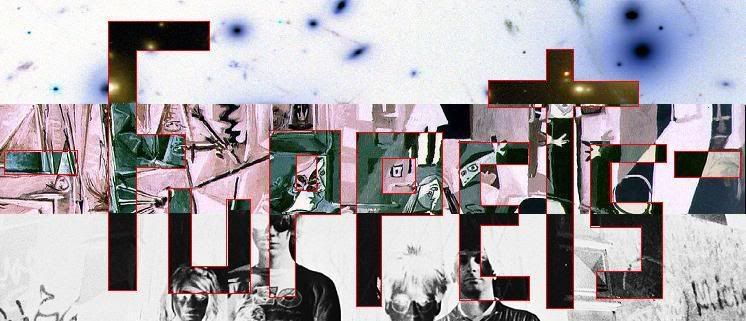While printmaking as an art-form has a rich and deep history, prints seem to take a back-seat to paintings and drawings and ever photography in the eyes of too many people. The richness of line, the cleverness of the compositions, and the mastery of the print makers themselves are evident upon first viewing of these pieces.
The first exhibit is titled Going With The Grain: Woodcuts From Houston Collections and is a fairly exhaustive gathering of some freakin' masterpieces in that sub-set of printmaking which involves cutting into the surface of a flat piece of wood and pressing it's inked surface onto some paper. The stylistic range of these artists is broad and expressive, with some choosing to use the wood's original surface as texture and others being so meticulous that it is impossible to tell you are looking at a woodcut print.

The above is Félix Emile-Jean Vallotton's Laziness (La Paresse), a woodcut from 1896. Note the sensitive yet bold lines and the geometric, flat fields of rich black. Quite a beautiful thing and even better up close and personal.

The image above is Albrecht Dürer's The Four Horsemen, from: The Apocalypse of St. John, a woodcut that the master print maker created between 1497 and 1498. For a person who has dreamed of experiencing this Master's work in person this and other Dürer prints in these two exhibitions are overwhelming. This image cannot do justice to the details, to the exquisite lines, to the ordered chaos of this composition. It is not much bigger than a sheet of standard copy paper but it is so rich that one could spend an hour contemplating this print alone. It is hard to believe that this amazing work was actually painstakingly carved in relief on a piece of wood. To see some of his small woodcuts, one can imagine the tiny implements, and the exquisite care that must have been taken, for in woodcuts there is no erasing. One wrong cut and you have ruined the piece.
As if the 60-80 pieces in that woodcut exhibit were not enough, there is another area containing a trove of printed images pertaining to war and battle, with the exhibit entitled The Plains of Mars: European War Prints, 1500—1825, from the Collection of the Sarah Campbell Blaffer Foundation. In this beautiful show, the full gamut of classic printmaking techniques is revealed, from lithography to woodcut, to linoleum cut, to etching and engraving. The masterpieces on view here include not just images of battle, but historical maps detailing military campaigns, images of soldiers and the bereaved, and, best of all, 8-10 of Goya's large print series depicting The Disasters of War. Among the artists represented are Albrecht Dürer, Annibale Carracci, Jacques Callot, the aforementioned Francisco de Goya, and Théodore Géricault. YAY!

This one of the graphic and disturbing images from Francisco de Goya's series The Disasters Of War. It was a very rare treat indeed to be able to spend time studying these works, for Goya is an undisputed master and an unbelievable draughtsman. This image is an etching, created between 1810 and 1820. All of these Goya prints are very small, no larger than 16 cm x 20 cm. The size does not lessen their impact. It is a very sobering and dark exhibit, but very rewarding, especially to someone who has admired these works in books and never in person.
The woodcut exhibit will be on view at the MFAH until April, 19, 2009 in the Audrey Jones Beck Building.
The war prints exhibit will be on view until May 10, 2009 in the Audrey Jones Beck Building.
Albrecht Dürer and Francisco de Goya available for our personal perusal. -FUPPETS- is very pleased.

2 comments:
It's amazing that,as much as I've seen Goya's stuff in print etc, nothing is going to equal seeing it in the flesh. The Houston Museum Of Fine Arts should be commended for such a sterling effort in getting all this stuff together. In an indirect way, I can understand your excitement at seeing this stuff for yourself - I had a similar feeling seeing all of the John Heartfeld stuff in Berlin in the very late 1990's - simply incredible.
I love the surprise of seeing an image, an original image, that you have seen countless times in reproduction and never thought you'd get to see the original. It is always more vivid and visceral.
Post a Comment